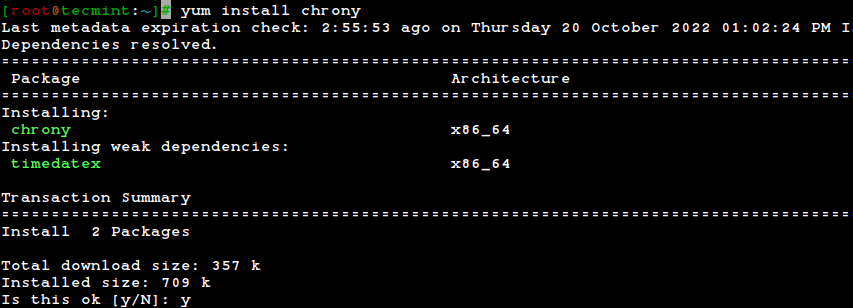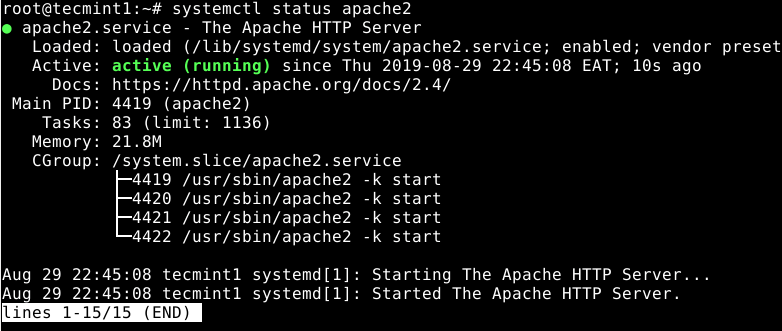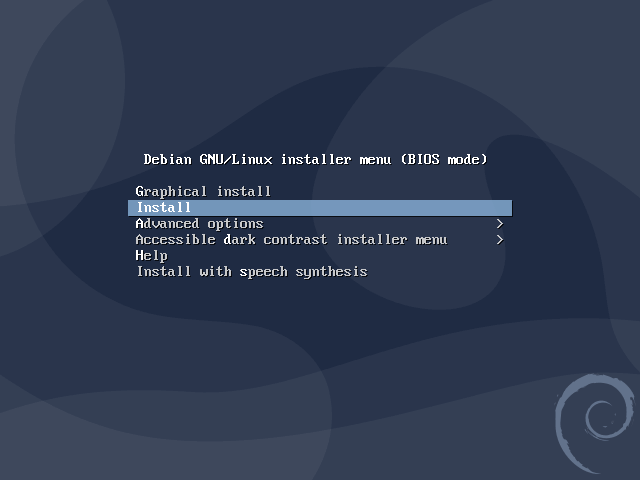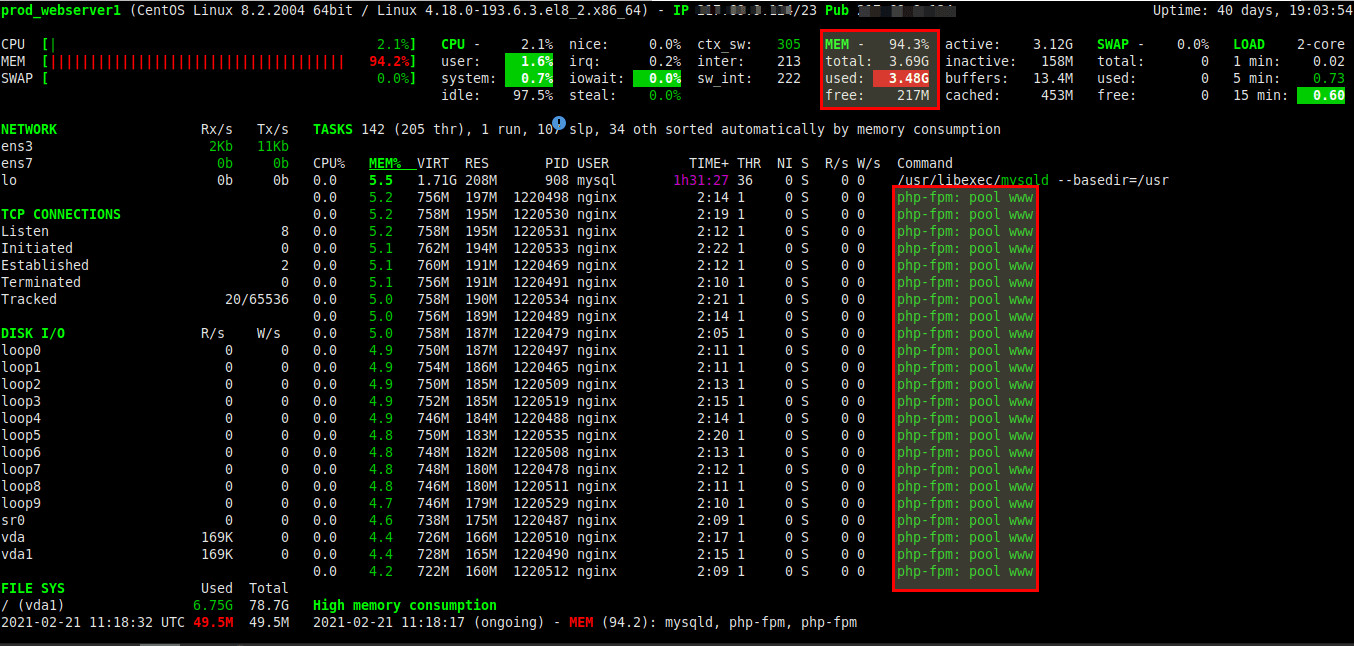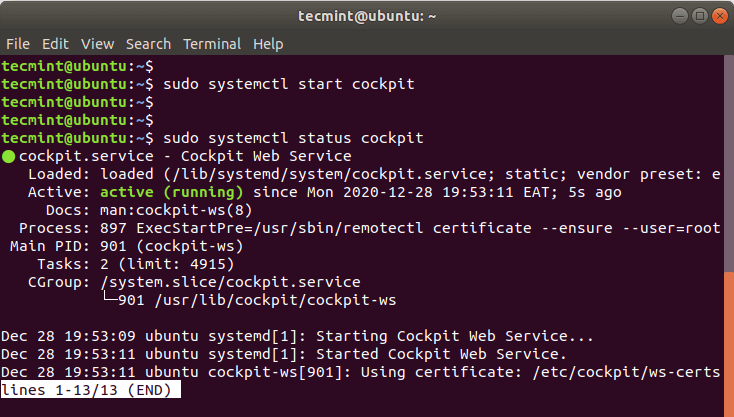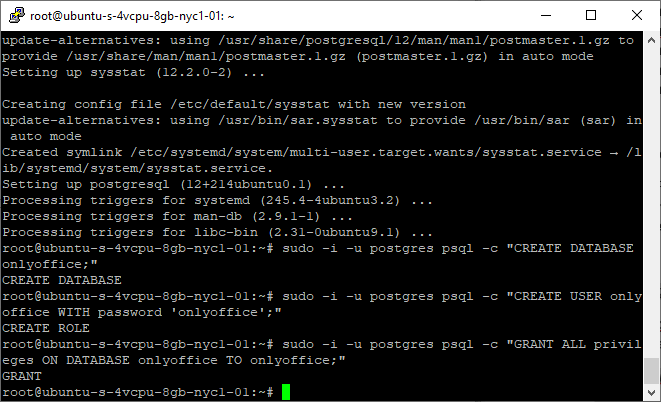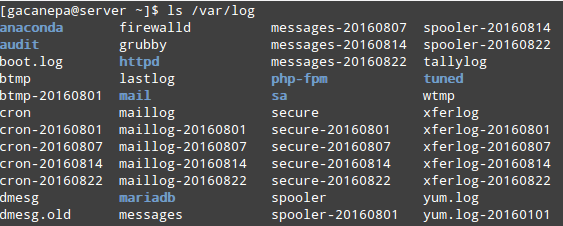The Network Time Protocol (NTP) is a protocol used to synchronize computer system clocks automatically over a network. The machine can have the system clock use Coordinated Universal Time (UTC) rather than local time. Maintaining accurate time on Linux systems, especially servers is an important task for many reasons. For example, in a networked environment,
Debian Tips - DesignLinux
How to Install Zabbix Monitoring Tool on Debian 11/10
Zabbix is a free, open-source, popular and feature-rich IT infrastructure monitoring software developed using PHP language. It is used to monitor networks, servers, applications, services as well as cloud resources. It also supports the monitoring of storage devices, databases, virtual machines, telephony, IT security resources, and much more. [ You might also like: How to
How to Install a Debian 10 (Buster) Minimal Server
Debian 10 (Buster) is the new stable version of the Debian Linux operating system, which will be supported for the next 5 years and comes with several desktop applications and environments, and includes numerous updated software packages (over 62% of all packages in Debian 9 (Stretch)). Read the release notes for more information. In this
How to Install and Setup Apache Spark on Ubuntu/Debian
Apache Spark is an open-source distributed computational framework that is created to provide faster computational results. It is an in-memory computational engine, meaning the data will be processed in memory. Spark supports various APIs for streaming, graph processing, SQL, MLLib. It also supports Java, Python, Scala, and R as the preferred languages. Spark is mostly
How to Install Terraform in Linux Distributions
In this article, we will discuss what Terraform is and how to install terraform on various Linux distributions using HashiCorp repositories. What is Terraform? Terraform is a popular cloud orchestration tool in the world of automation, which is used to deploy your infrastructure through the IAC (Infrastructure as code) approach. Terraform is built by Hashicorp
How To Prevent PHP-FPM From Consuming Too Much RAM in Linux
If you have deployed a LEMP (Linux, NGINX, MySQL/MariaDB, and PHP) stack, then you are probably using FastCGI proxying within NGINX (as an HTTP server), for PHP processing. PHP-FPM (an acronym of FastCGI Process Manager) is a widely-used and high-performance alternative PHP FastCGI implementation. Here are the useful guides on setting up LEMP Stack in
How to Install CouchDB on Debian 10
CouchDB is a high-performance opensource NoSQL solution where data is stored in JSON-based document format as key/value pairs, lists, or maps. It provides a RESTFUL API that enables users to easily manage database documents by performing tasks such as reading, editing, and deleting objects. CouchDB offers great benefits such as fast indexing and easy replication
Managing KVM Virtual Machines with Cockpit Web Console in Linux
Cockpit is a free and open-source front-end tool that provides administrative access to Linux systems. It allows system administrators to monitor, manage, and troubleshoot Linux servers. It provides an intuitive web interface that easy to navigate and keep track of the salient system features and resources. There’s a whole lot of things you can do
How to Install ONLYOFFICE Docs on Debian and Ubuntu
If you use the file sync & share platform and want to expand its functionality by adding online editing features, you should definitely give a try to ONLYOFFICE Docs. ONLYOFFICE Docs allows you to create a collaborative environment by adding its online editors to the platform of your choice, whether it be Alfresco, Confluence, Liferay,
How to Setup and Manage Log Rotation Using Logrotate in Linux
One of the most interesting (and perhaps one of the most important as well) directories in a Linux system is /var/log. According to the Filesystem Hierarchy Standard, the activity of most services running in the system are written to a file inside this directory or one of its subdirectories. Such files are known as logs

